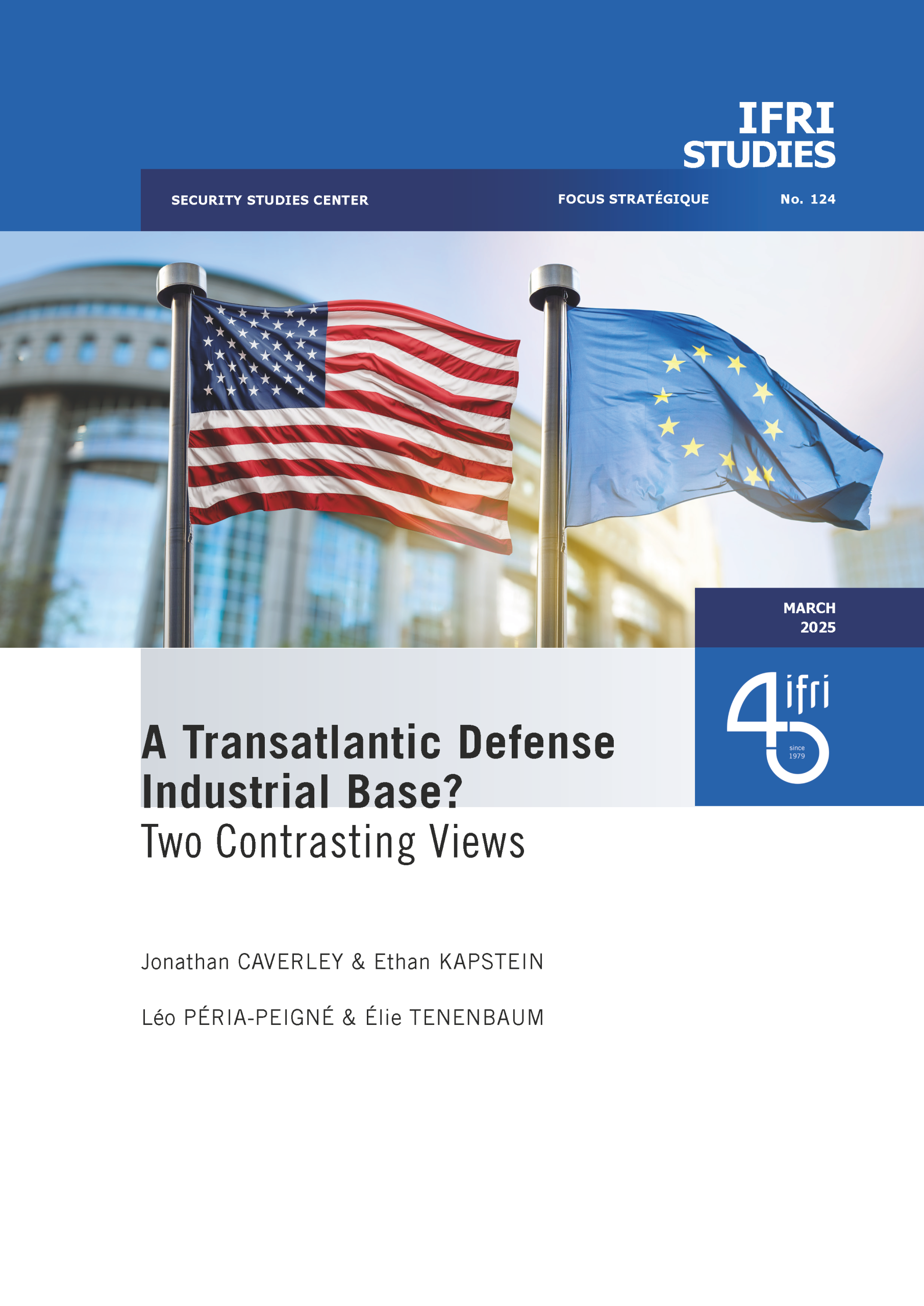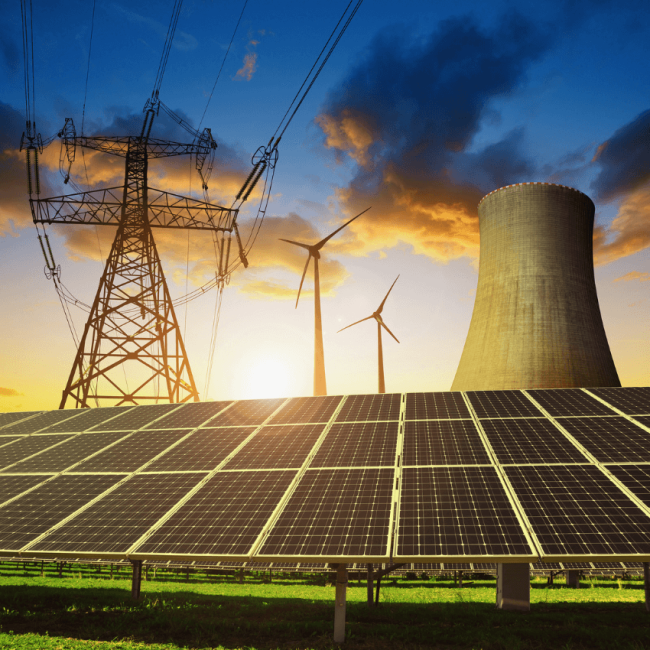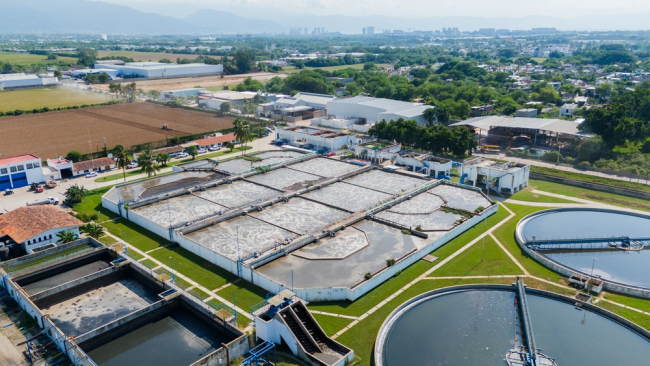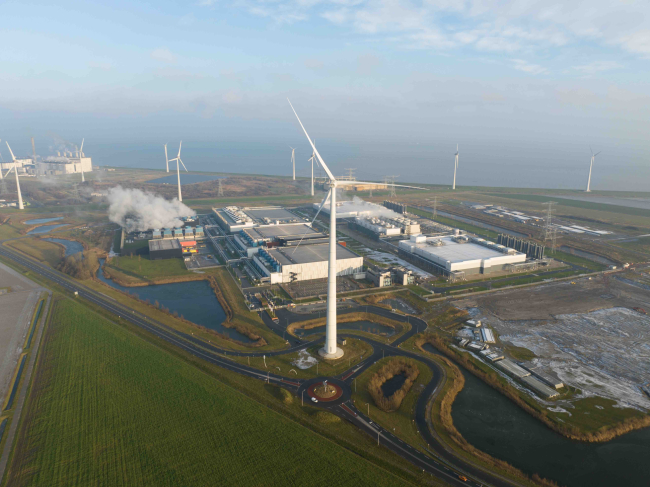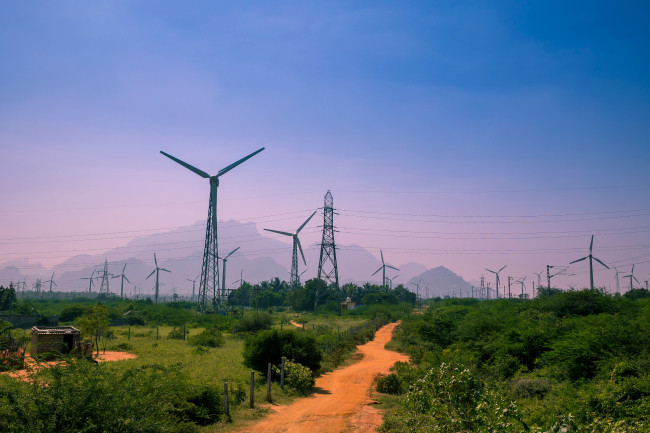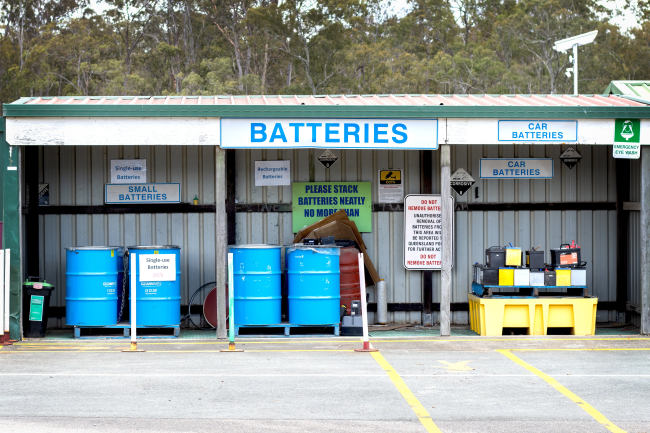Doubts about Nabucco Don't Originate in China - Look to Europe

On December 12 President Berdymukhamedov of Turkmenistan and President Hu Jintao of China inaugurated the first flows of gas through the Chinese pipeline from Turmenistan to China. This is an 1800 km pipeline to transport up to 40 bcm/y of gas from the Bagtyarlyk territory on the right bank of the Amudarya River to the Chinese Province of Xinjiang. It runs through Uzbekistan and Kazakhstan - where it can eventually gather additional gas - feeding onto China"s west-east pipeline system. The gas will come initially from five fields developed or upgraded by CNPC. The first indication of this Chinese intent was a deal with Kazakhstan in 2003, followed by negotiations below the horizon with both Uzbekistan and Turkmenistan. Basically 6 years from opening the talks to opening the pipe. It helps to have a single national company from well-head to the market.
Talks with Azerbaijan about flows of its gas towards Europe and eventually Turkmen gas have been ongoing for over 15 years. Many really thought Iranian gas would feed the pipe, and maybe it will, but not for some time. Nabucco came along early in that period (2004) after Austria decided it could well provide a hub for FSU imports and OMV began scouting the market for other interested partners. The interest was not long in developing, but it tended to be more among governments with geopolitical agendas than among companies with gas agendas. Ministers would meet and discuss, while the private sector prevaricated and simply wasn"t ready to buy Azeri gas. In the meantime, Austria has sold half of its Baumgarten hub to the Russians.
Some say the opening of the China-Turkmen pipeline spells the end of Nabucco, as if Turkmenistan holds the final piece of the Nabucco puzzle. Nothing could be further from the truth. If Nabucco has degenerated into endless talk it is because problems on the west side of the Caspian are unresolved. European gas interests are still not sure they want the gas, Turkey continues to play hard to transit, Azerbaijan plays its hand cautiously with a wary eye on its Russian neighbor and important difficult-to-resolve regional tensions are adding their own complications. If all this isn"t enough, some suggest that the August agreement on South Stream spells the end for Nabucco. Here again, this is far from the truth. South Stream is a rhetorical pipeline designed to frustrate Southern Corridor gas - in particular Nabucco. South Stream would cost too much, replicate transport capacity, not deliver Caspian gas anyway and has no other identifiable source of gas to fill it - it won"t happen.
Elsewhere, the US is producing 70-80 bcm of unconventional shale gas per year, thereby not needing roughly the same amount that it would have taken from world LNG markets. This, combined with a surge in global LNG liquefaction just now, means that LNG will be available at considerably lower prices than European contract gas or even Azeri net-back gas for some time. The take-or-pay clauses between Gazprom and European gas companies look particularly onerous just now. Add to that the temporary slump in demand due to the economic recession. As a consequence, new pipelines are not seen to be as crucial to Europe"s energy security as they once seemed. So while China ramps up its imports of Turkmen gas over the next months, a European link to Caspian gas through Turkey looks set to slip considerably further into the future. And while Turkey may continue to hope in can leverage other political and commercial objectives through its transit negotiations, its lever is probably getting shorter.
Whatever, there is room for confidence that Nabucco will continue to dominate the conferences and workshop of the Caspian chattering class - but will it ever be built?

Available in:
Regions and themes
Share
Related centers and programs
Discover our other research centers and programsFind out more
Discover all our analysesWater in Mexico: an Emergency that Will Wait
Access to water is already and will become increasingly problematic for Mexican economic actors due to the progressive scarcity of the resource resulting from climate change, a geographical distribution that does not coincide with that of the population or economic activity, and management that has so far been far too lax.
AI, Data Centers and Energy Demand: Reassessing and Exploring the Trends
The information and communication technologies sector today accounts for 9% of global electricity consumption, data centers for 1-1.3%, and artificial intelligence (AI) for less than 0.2%. The growing energy demands of cloud services first, and now AI workloads (10% of today’s data centers electricity demand), have exacerbated this trend. In the future, hyperscale data centers will gain shares amongst all kinds of data centers and AI will probably account for around 20% of data centers electricity demand by 2030.
Unlocking India’s Energy Transition: Addressing Grid Flexibility Challenges and Solutions
India is rapidly scaling up its renewable energy (RE) capacity, adding 15–20 GW annually, but the ambitious goal of 500 GW of non-fossil capacity by 2030 is at risk unless the pace accelerates.
Europe’s Black Mass Evasion: From Black Box to Strategic Recycling
EV batteries recycling is a building block for boosting the European Union (EU)’s strategic autonomy in the field of critical raw minerals (CRM) value chains. Yet, recent evolutions in the European EV value chain, marked by cancellations or postponements of projects, are raising the alarm on the prospects of the battery recycling industry in Europe.


